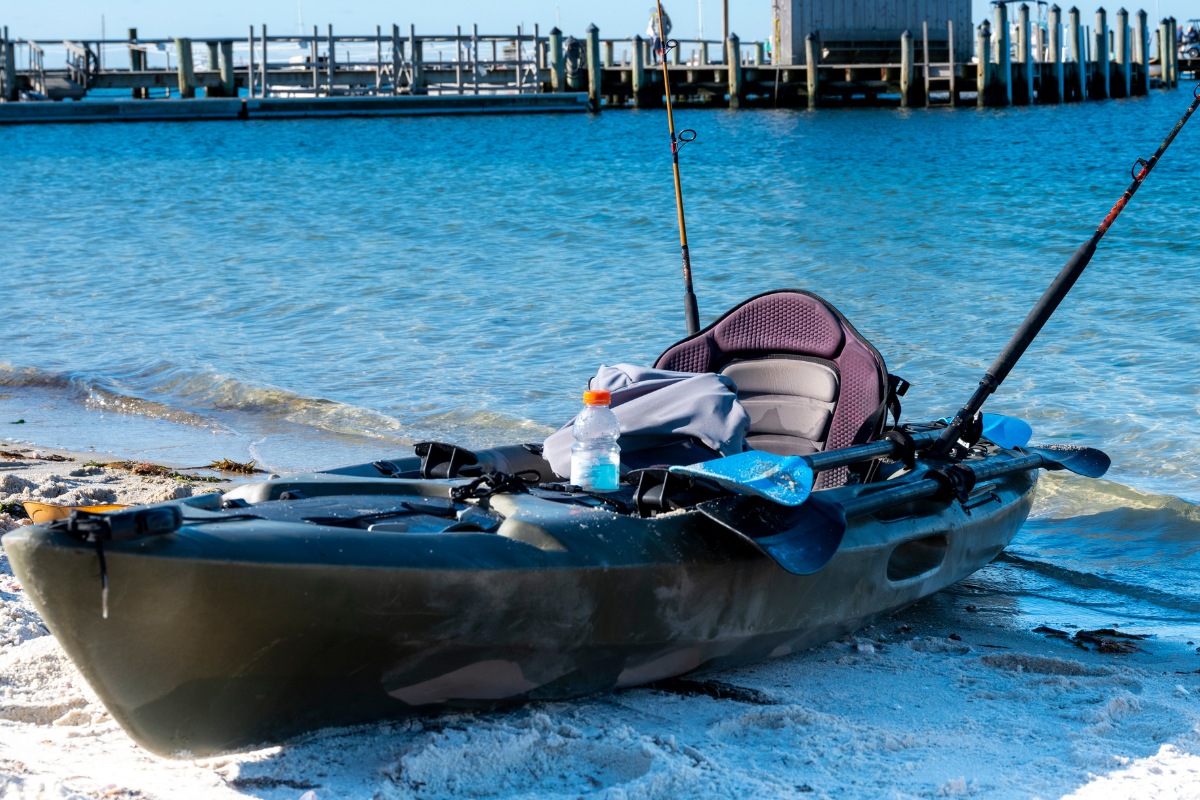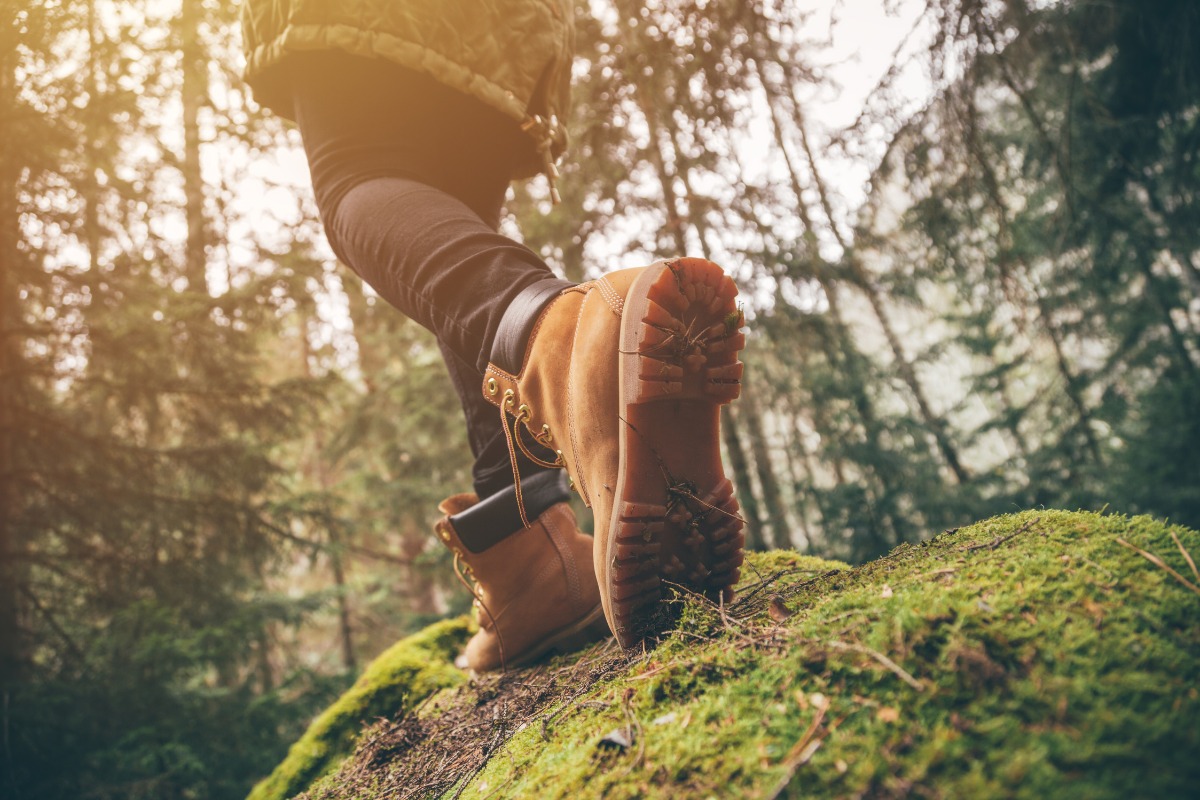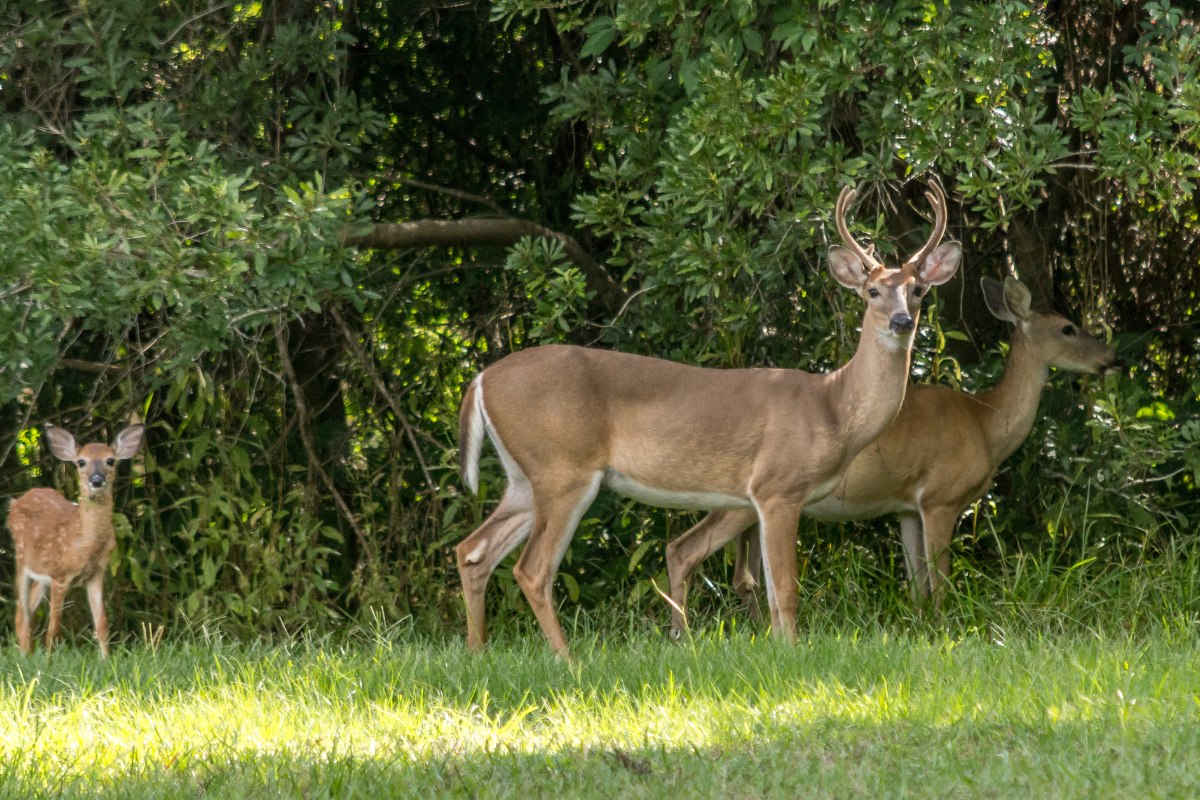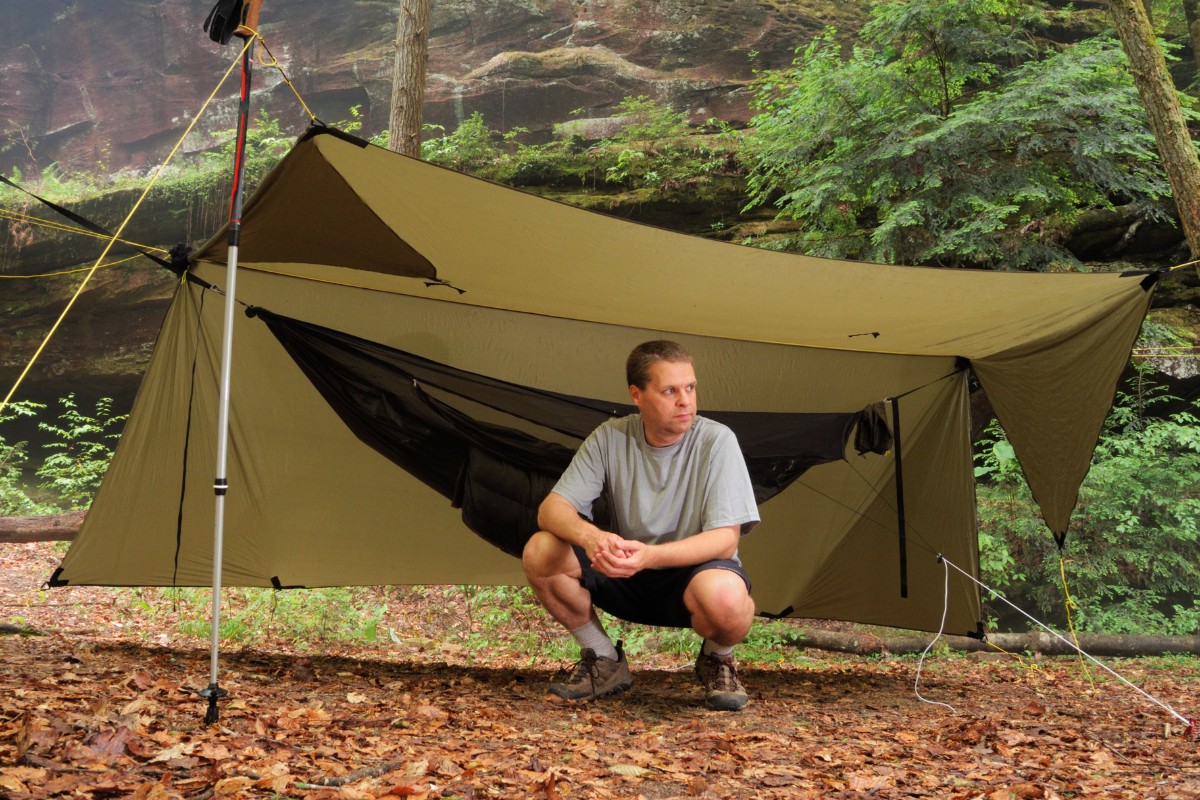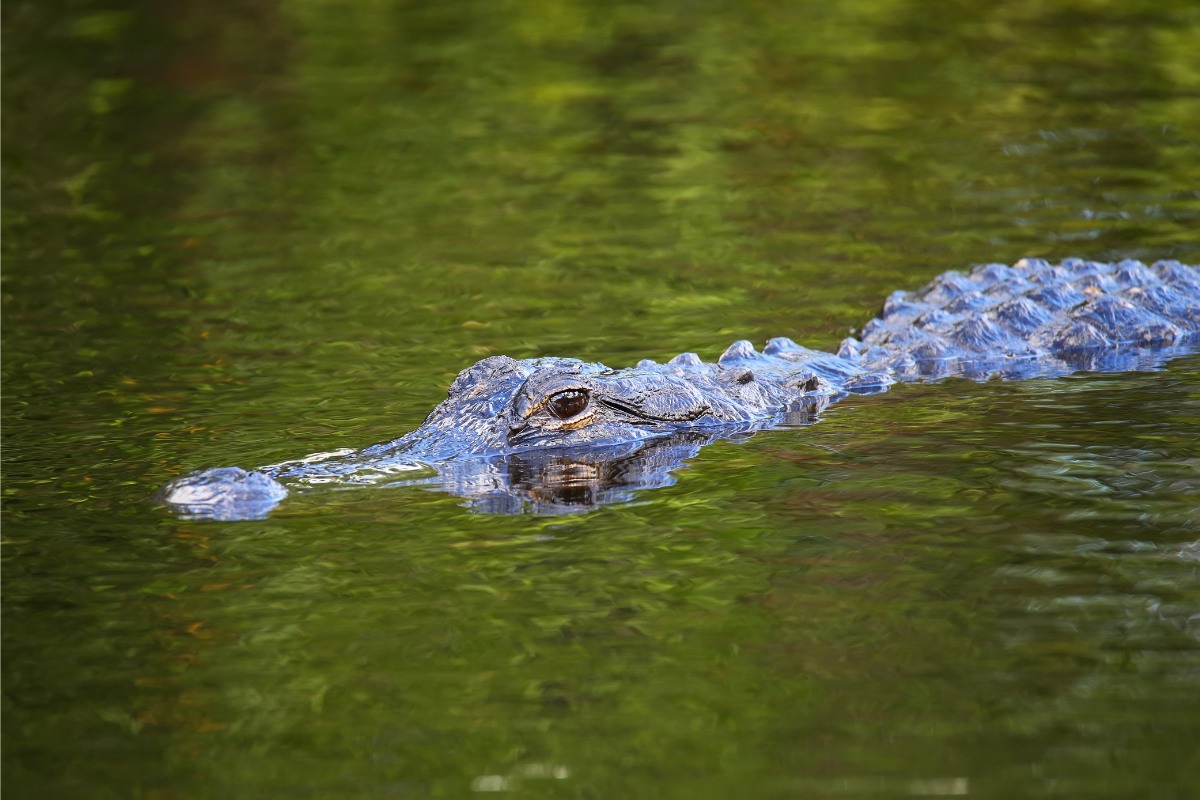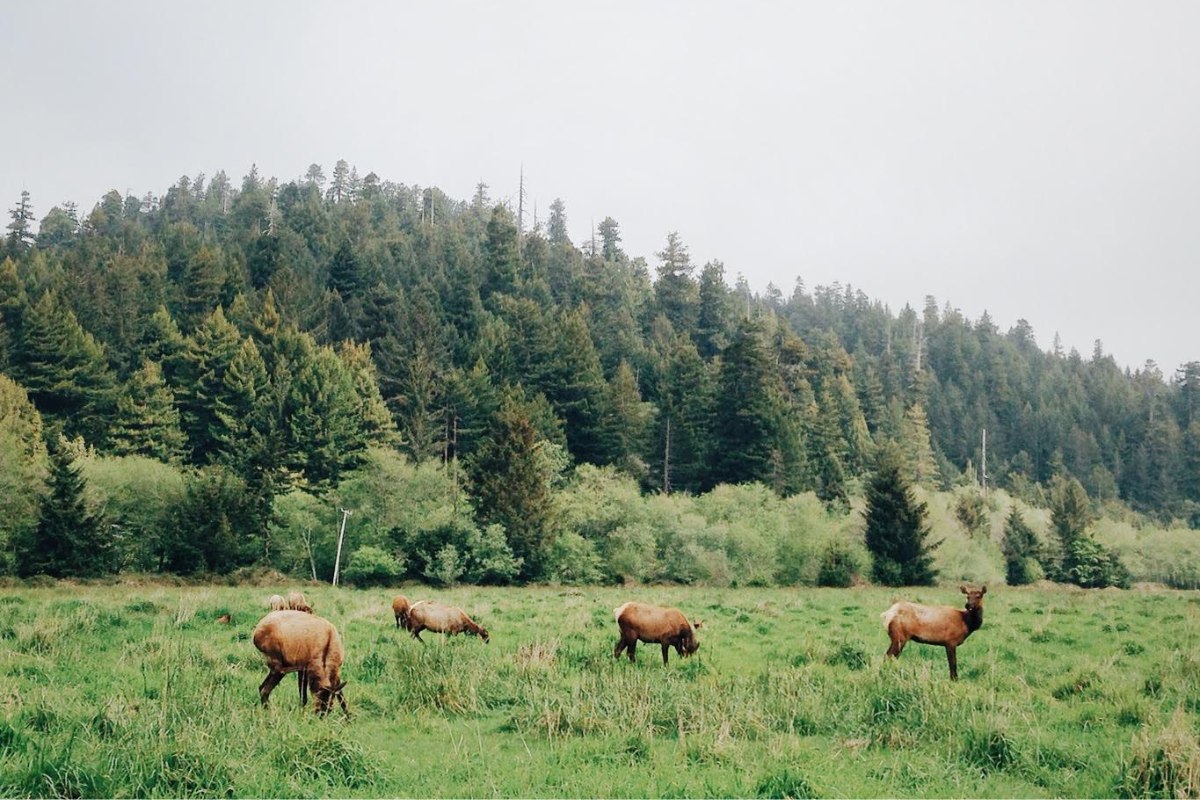There are many different reasons why buying a sit-on-top kayak is a good investment. You can use a sit-on-top for a spot of sea fishing and surfing or feel the freedom of free diving and snorkeling. There is endless fun for all the family and a great way to spend the day on the beach this summer.
The sit-on-top kayak is setting a high standard among the kayaking community and is becoming the first choice for families or wannabe kayaking enthusiasts. The sit-on-top is the more affordable cousin of the sit-in kayak and is a sensible choice when starting out in the sport of kayaking and before investing in something more expensive.
However, buying one for the first time can be confusing as there are so many makes and models to choose from. It can be an expensive mistake to fall in love with a kayak based on just its good looks, color, or beach appeal. You want your kayak to serve its purpose well, so taking some time and doing some research will help tick all the boxes.
This article aims to give you a better understanding of what to look for when you purchase your first sit-on-top. It will offer advice on the types of kayaks, their components, sizes, materials, and hull shapes. Hopefully, this will ensure that you make the best decision for your kayaking needs and enable you to optimize the many hours of enjoyment that will follow.
What Do You Want From Your Sit-On-Top Kayak
This must be your first question! Do you want to have fun exploring our beautiful coastline, running white water, pushing the limits in the surf, fishing, or for purely recreational purposes? You may want to include the family when making your choice, or is it just your escape from the rat race of life. Below are the main designs readily available:
Touring/Sea
Used mainly for paddling on oceans/lakes, they are built to paddle quickly in a straight line. They can be adapted to be used for long journeys and can include dry storage areas for gear, safety equipment and supplies.
Surf Style
These kayaks are specifically designed and used to catch waves. They have flat planing bottom hard rails for easy turning and carving; they also have a fairly large rocker located from the bow, flattening out towards the tail, ideal for people who want the thrill of surfing on a kayak.
Fishing
Kayaks are specially designed with fishing in mind; they are slightly wider than average and have additional storage areas for equipment, bait, and catch. They come fitted with rod holders and can also be fitted with things like large skegs and sea anchors to help combat drift.
White-water
Intended for moving water and white-water rapids. Designed for sudden drops, they are shorter than the average kayak with following soft rails to assist those aggressive turns into fast-moving water. These are usually fitted with thigh straps that keep the paddler firmly attached for optimum response and control.
Recreational
Mainly designed for the casual paddler who intends to use it on flat water, streams, lakes or sheltered beaches. It is of a wider design so they are more stable and a more forgiving platform. They are usually slower than a touring kayak but are fairly easy to maneuver and are mainly designed for fun.
Components
Before purchasing a sit-on-top kayak, it is important to first understand and identify the various parts and how they all work together. Below is a quick and general explanation of the part and its corresponding location.
- Deck: Top of the kayak
- Hull: Base of the kayak
- Bow: Front of the kayak
- Stern: Rear of the boat
- Starboard: Right hand side
- Port: Left hand side
- Cockpit: Area where the paddler is seated
- Hatch: Water tight storage area for gear
- Bulkheads: Vertical sections that create watertight chambers inside the kayak
- Rails: The sides of a kayak that run in the water when the kayak is turning
- Rocker: The curve of the kayak from the bow to the stern
- Skeg: Fin like object that helps keep the kayak in a straight line and helps with drift
Knowing the parts of a kayak will help you understand how kayaks are built, and it will also help when researching and shopping online. It can also be an advantage when speaking to salespeople, who, by their titles, like to bombard us with specific specifications that can sound very impressive but can also confuse us. Knowing this information will also help you more effectively describe what they are looking for and be assured of understanding what the seller is offering.
Length and Width
Sit-on-top kayaks are most commonly available with single or tandem capacity. Some may also have extra seats to accommodate passengers who are not necessarily paddlers, i.e., child seats. When buying a kayak, length and width do matter. In general terms, the longer and thinner the kayak, the faster it will go, but it will become harder to turn. On the other hand, the shorter and wider the kayak, the slower it will go, but it will become easier to maneuver. Kayaks can carry weight from 90 to over 130 kilograms. Make sure to check the weight that the kayak can handle before purchasing it, as an overloaded kayak will be unstable and hard to control.
Material
There are two general types of sit-on-top kayaks: hard shell and inflatable.
Hard Shell
Typically made from molded polyethylene or composite material like fiberglass and Kevlar. They can be fairly lightweight, rigid, very durable, and forgiving, which means that they travel faster in the water and can last longer.
Inflatable
These are comfortable, lightweight, and easy to store. However, they do not move very well in the water and don’t operate well in the wind. Not generally recommended
Hull Shape
The choice of hull shape depends on what you want to use it for. The different hull shapes offer advantages and disadvantages depending on specific requirements. When selecting a hull shape, consider the following:
- Speed: how fast do you want to be able to go?
- Stability: how stable do you want your kayak to be?
- Tracking ability: how easy do you want it to be to keep your kayak in a straight line?
- Turning ability: how easy do you want it to be to turn your kayak?
There are two types of hull shapes in common use: U shape and V shape.
- U-Shaped Hull: Best for moving waters, catching waves, paddling in white water, or running a river.
- V-Shaped Hull: Best for flat and stable waters as it keeps the boat going in a straight line due to its higher center of gravity.
Most kayaks combine the two hulls to increase stability, even if it sacrifices some of the boat’s speed. The tri-form hull of most combines both primary and secondary stability with a long center keel to keep you going straight and two “shoulders” that act like sponsors for secondary stability. This is recommended for cross-over sports like fishing or diving.
Brands
There are so many brands that offer sit-on-top kayaks: Perception, Hobie, Pelican, RTM, and Fat Yak, just to name a few. When selecting the brand, make sure to assess its quality of workmanship while still keeping an eye on your budget. Generally you get what you pay for. There are many good quality brands out there.
Buying the Correct Model
My advice would be to explore all avenues! Use dealers, visit the showrooms, and look online. Most outlets will be more than happy to talk about their sport all day; just make sure you buy what you want! Visiting dealerships has the advantage that you can test each model and some will offer a demo actually in the water.
There are many local dealers who are more than willing to offer some great advice and pass on their knowledge. Many providers are very experienced, so use their experience and ask for their help. (Note: – Kayaking providers spend most of their time on the water; it’s their livelihood. So if they start to sound impatient, it means they have been off the water too long)
Important Safety Advice
DO NOT go kayaking without a Buoyancy aid (and helmet if deemed necessary).
If you are going on a trip, leave a ‘Float Plan’ with someone to include:
- Who you are
- Where you are going
- What time you are leaving
- When you intend to be back
- Your intended route plan
- How many are in your group
- Kayak details – Color etc.
- Contact number for you / mobile etc.
